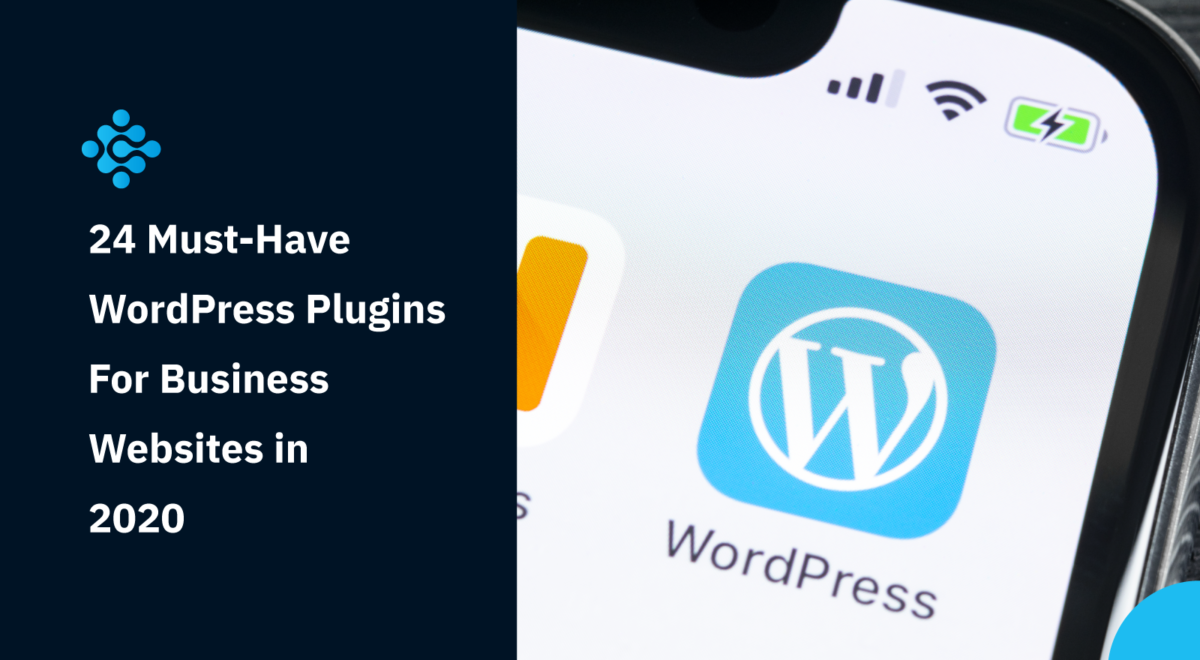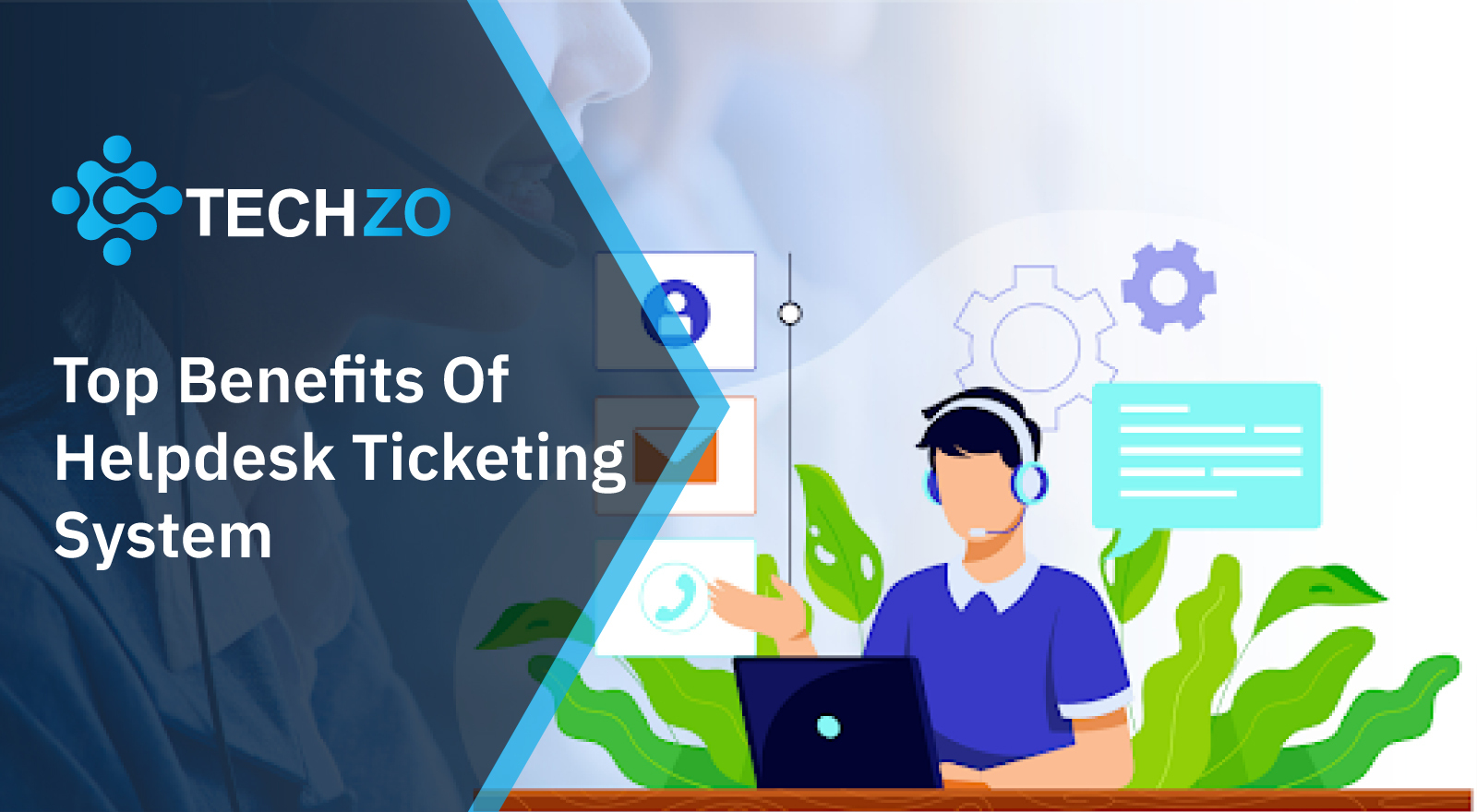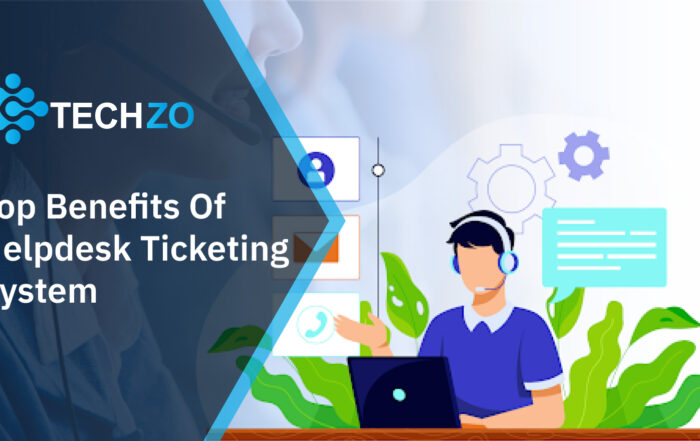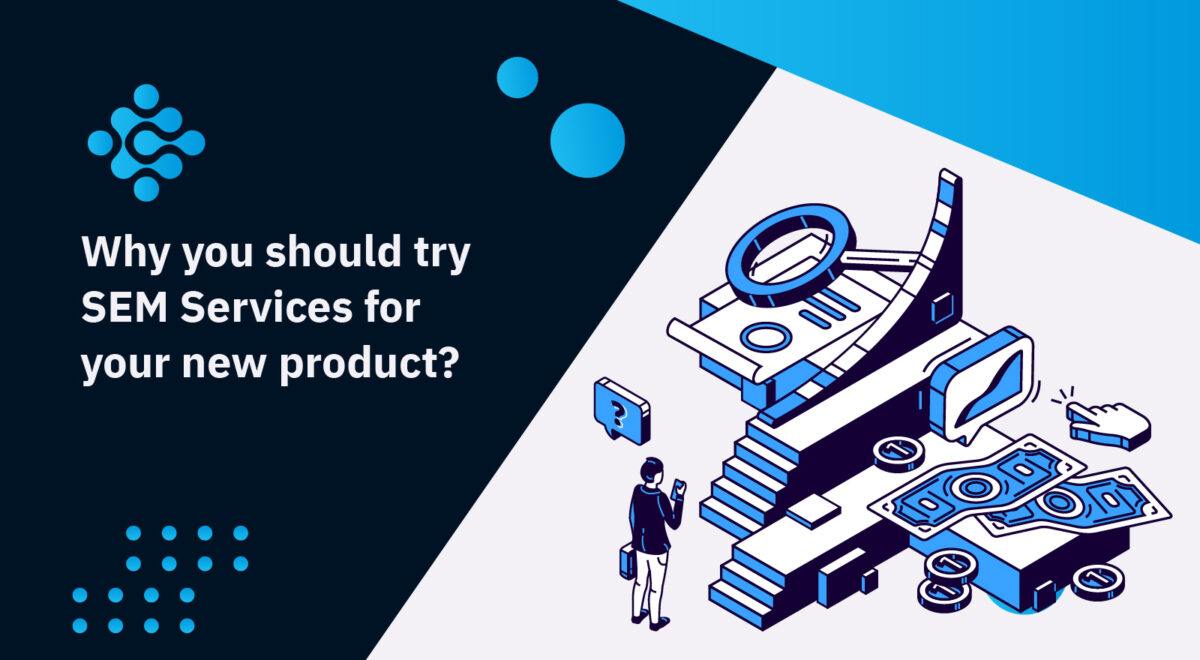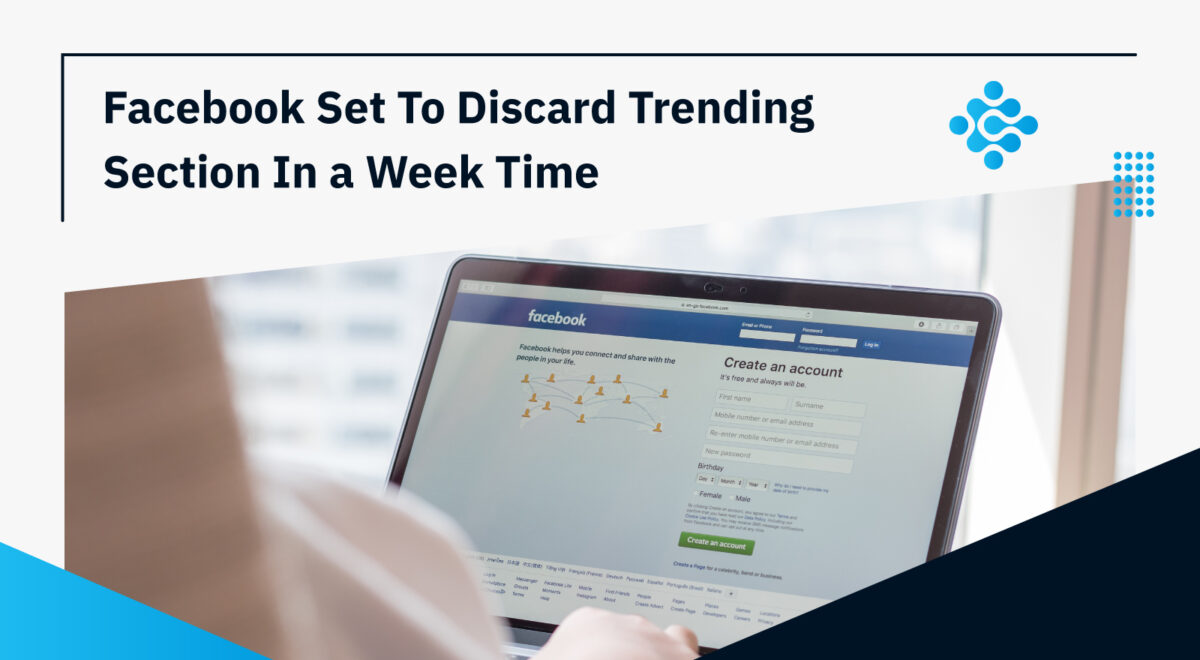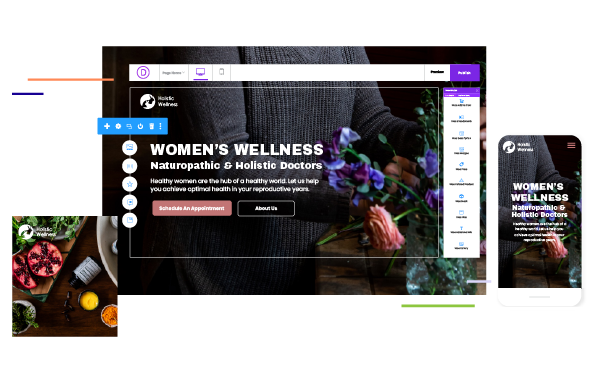This article has some tips that will help you in developing WordPress plugins. These tips have been put forward after having a lot of experience and knowledge in plugin development.
1. Using the Right Hooks
The hooks act as a bridge between the larger ecosystem and plugins. An essential step of using the hooks properly is by reading the official document of the Hooks Plugin API. Action Reference API will show you the order in which things fire typically. There are many hooks for you to select from. For the development of plugins, just in time mentality of running codes whenever needed is a great idea.
2. Benefit from the WordPress Cron
The task-scheduling system that was built for the UNIX is known as Cron. It allows users to execute commands at certain times. WordPress has it, and it is called the wp cron. It will fire off the task usefully. For the websites having higher traffic and auto pinging set up, wp cron is an excellent way to make the cron like setting up.
3. Benefit from the Auto Updates
You should turn the auto-updates on or with the plugins. It is better to turn them on yourself. By the plugin admin interface, remind your user about the auto-updates. They are great for continuous WordPress plugin development and for rolling the security patches version releases and hotfixes.
4. Use the MVC Design Pattern
By making the MVC architecture, WordPress plugins have benefited greatly. You can use them for modularity, maintainability, as well as other reasons because they are the best. You can clean and organize your MVC architecture easily with it.
5. Give unique names to Plugin Files.
It is essential to give your variable and files unique names as the plugin will be installed in the busy ecosystem. You can prefix custom PHP functions, classes, variables, CSS selectors, as well as file names with the name of the plugin to make it easy.
6. Thoroughly test the Plugins.
Testing, prepping, and polishing are crucial for the development of software to do these before releasing.
7. Allow you, users, to customize the plugin.
The users of WordPress dig through the code. Many plugin customers are developers buying the plugin for adding functionality that is offered for the WordPress projects. Do not make the plugin customization hard, so your customers are not forced to handle it in an unskilled way. Provide API and options to the users that will let them tailor the plugin’s functionality according to their own needs. Empower your users by giving preprocessor versions of the style sheets, having a great HTML structure, and explaining to them about the modification of plugin settings through documentation.
8. Prioritize the Plugin Performance
Your top priority should be the plugin performance throughout development. Optimize each competent by keeping speed under consideration—test on many themes, with many hosts and other plugins. A superb tool for this is P3 Profiler, which helps you optimize the source code of the plugin.
9. Put Efforts in Plugin branding.
Each plugin should have decent branding. WordPress plugins also have market competition, so standing-out branding is required.





